ANOREXIA NERVOSA AND PHYSIOTHERAPY
Table of Contents
What is an Anorexia nervosa?
Anorexia nervosa — often simply called anorexia — is an eating disorder characterized by abnormally low body weight, an intense fear of gaining weight, and a distorted perception of weight. People with anorexia place a high value on controlling their weight and shape, using extreme efforts that tend to significantly interfere with their lives.

DIAGNOSTIC CRITERIA:
- Refusal to maintain body weight at or above the minimally normal weight for age and height: Weight loss leading to maintenance of body weight <85% of that expected or failure to make expected weight gain during period of growth, leading to body weight less than 85% of that expected.
2. Intense fear of gaining weight or becoming fat, even though underweight.
3. Disturbance in the way one’s body weight or shape is experienced, undue influence of body weight or shape on self-evaluation, or denial of the seriousness of the current low body weight.
4. Amenorrhea (at least three consecutive cycles) in postmenarchial girls and women. Amenorrhea is defined as periods occurring only following hormone (e.g., estrogen) administration.
SIGNS AND SYMPTOMS:
The physical signs and symptoms of anorexia nervosa are related to starvation. Anorexia also includes emotional and behavioral issues involving an unrealistic perception of body weight and an extremely strong fear of gaining weight or becoming fat.
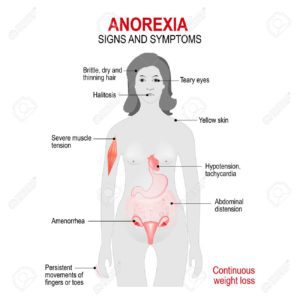
Physical signs and symptoms of anorexia may include:
- Extreme weight loss or not making expected developmental weight gains
2. Thin appearance
3. Abnormal blood counts
4. Fatigue
5. Insomnia
6. Dizziness or fainting
7. Bluish discoloration of the fingers
8. Hair that thins, breaks, or falls out
9. Soft, downy hair covering the body
10. Absence of menstruation
11. Constipation and abdominal pain
12. Dry or yellowish skin
13. Intolerance of cold
14. Irregular heart rhythms
15. Low blood pressure
16. Dehydration
17. Swelling of arms or legs
18. Eroded teeth and calluses on the knuckles from induced vomiting
Some people who have anorexia binge and purge, similar to individuals who have bulimia. But people with anorexia generally struggle with abnormally low body weight, while individuals with bulimia typically are normal to above normal weight.
EMOTIONAL AND BEHAVIORAL SYMPTOMS:
Behavioral symptoms of anorexia may include attempts to lose weight by:
-Severely restricting food intake through dieting or fasting
-Exercising excessively
-Bingeing and self-induced vomiting to get rid of food, which may include the use of laxatives, enemas, diet aids or herbal products
Emotional and behavioral signs and symptoms may include:
-Preoccupation with food, which sometimes includes cooking elaborate meals for others but not eating them
-Frequently skipping meals or refusing to eat
-Denial of hunger or making excuses for not eating
-Eating only a few certain “safe” foods, usually those low in fat and calories
-Adopting rigid meal or eating rituals, such as spitting food out after chewing
-Not wanting to eat in public
-Lying about how much food has been eaten
-Fear of gaining weight that may include repeated weighing or measuring the body
-Frequent checking in the mirror for perceived flaws
-Complaining about being fat or having parts of the body that are fat
-Covering up in layers of clothing
-Flat mood (lack of emotion)
-Social withdrawal
-Irritability
–Insomnia
-Reduced interest in sex
CAUSES:
The exact cause of anorexia is unknown. As with many diseases, it’s probably a combination of biological, psychological and environmental factors.
Biological: Although it’s not yet clear which genes are involved, there may be genetic changes that make some people at higher risk of developing anorexia. Some people may have a genetic tendency toward perfectionism, sensitivity and perseverance — all traits associated with anorexia.
Psychological: Some people with anorexia may have obsessive-compulsive personality traits that make it easier to stick to strict diets and forgo food despite being hungry. They may have an extreme drive for perfectionism, which causes them to think they’re never thin enough. And they may have high levels of anxiety and engage in restrictive eating to reduce it.
Environmental: Modern Western culture emphasizes thinness. Success and worth are often equated with being thin. Peer pressure may help fuel the desire to be thin, particularly among young girls.
COMPLICATIONS:
Anorexia can have numerous complications. At its most severe, it can be fatal. Death may occur suddenly — even when someone is not severely underweight. This may result from abnormal heart rhythms (arrhythmias) or an imbalance of electrolytes — minerals such as sodium, potassium, and calcium that maintain the balance of fluids in your body.
Other complications of anorexia include:
-Anemia
-Heart problems, such as mitral valve prolapse, abnormal heart rhythms, or heart failure
-Bone loss (osteoporosis), increasing the risk of fractures
-Loss of muscle
-In females, the absence of a period
-In males, decreased testosterone
-Gastrointestinal problems, such as constipation, bloating, or nausea
-Electrolyte abnormalities, such as low blood potassium, sodium, and chloride
-Kidney problems
If a person with anorexia becomes severely malnourished, every organ in the body can be damaged, including the brain, heart, and kidneys. This damage may not be fully reversible, even when the anorexia is under control.
In addition to the host of physical complications, people with anorexia also commonly have other mental health disorders as well. They may include:
-Depression, anxiety, and other mood disorders
-Personality disorders
-Obsessive-compulsive disorders
-Alcohol and substance misuse
-Self-injury, suicidal thoughts, or suicide attempts
MEDICAL MANAGEMENT:
The main goals for the treatment of anorexia nervosa include the patient’s recognition of the eating disorder, identification of triggers, improvement of delusional thoughts and feelings towards body image and shape, achievement, and maintenance of healthy weight, and prevention of relapse.
selective serotonin reuptake inhibitors (SSRIs)has shown to improve mood, reduce obsessive behaviors, and satisfy hunger.
-Antipsychotic drug chlorpromazine
-Antipsychotic drugs pimozide and sulpiride
-Lithium Carbonate
-Antidepressant drug clomipramine
-Antidepressant drug amitriptyline
PHYSIOTHERAPY MANAGEMENT:
-When creating exercise programs for these individuals, physical therapists must take into account bone density levels, orthostatic hypotension, cardiac status, and lab values.
-Exercise is not recommended if the patient’s body mass index is less than 18 kg/m2, and therefore is not introduced until the individual can maintain a healthy weight and is medically stable.
-Electroconvulsive therapy has been used in severe cases of anorexia nervosa with positive effects in weight gain and improving effect.
1. YOGA:
yoga has been proven to be effective as an adjunct to treatment for anorexia nervosa to increase self-awareness and self-reflection.

2. AEROBIC EXERCISES
low-intensity exercises are done in an eating disorder like walking, and running. stair climbing, swimming, cycling, dancing
3. RESISTANCE TRAINING
-Resistance exercises are done after checking the physical strength of the patient.
-resistance should be low and repetitions are less.

4. RELAXATION
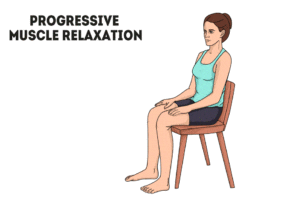
Relaxation is very helpful in anorexia nervosa.
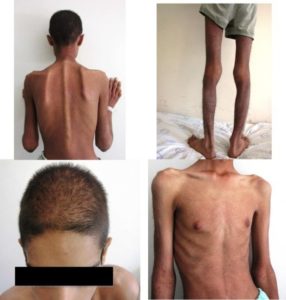
4. POSTURE AWARENESS
Postural changes are seen in eating disorders so the therapist has to work on it.
teach how the normal posture is and what should you have to correct
5. BREATHING EXERCISES
Deep breathing exercises are helpful to strengthen the cardiac muscles.
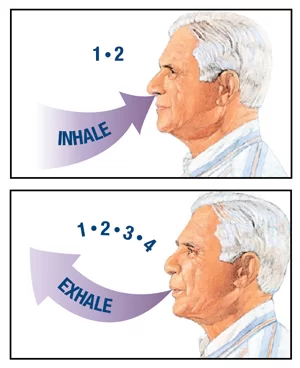


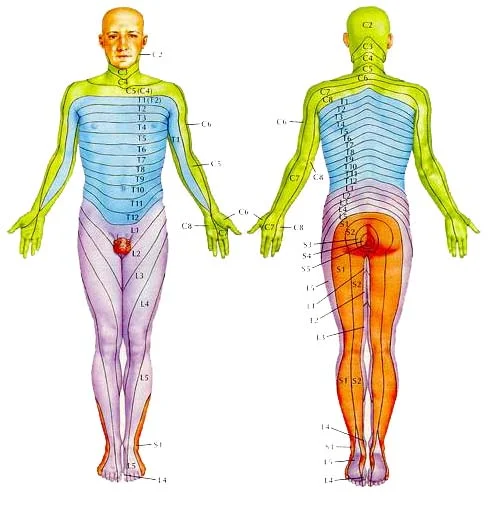
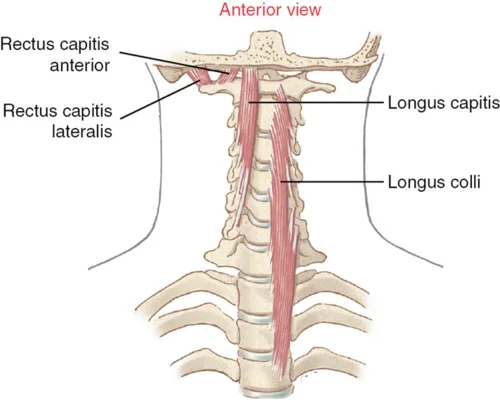
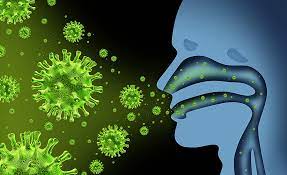
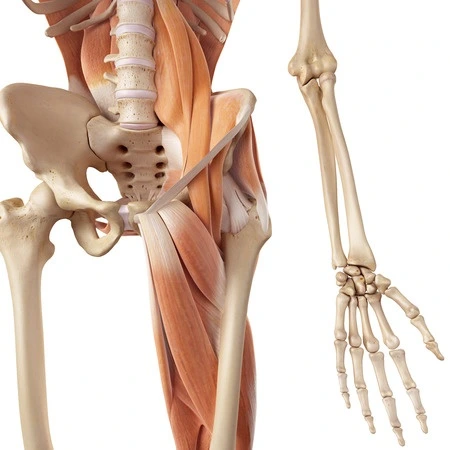
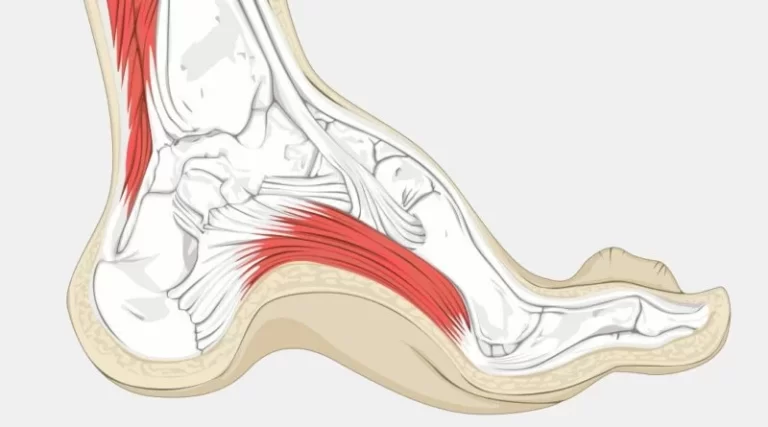
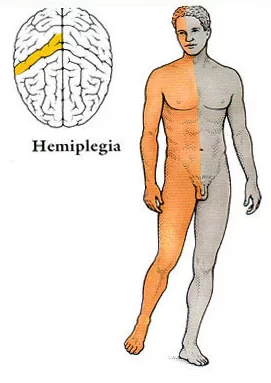
7 Comments